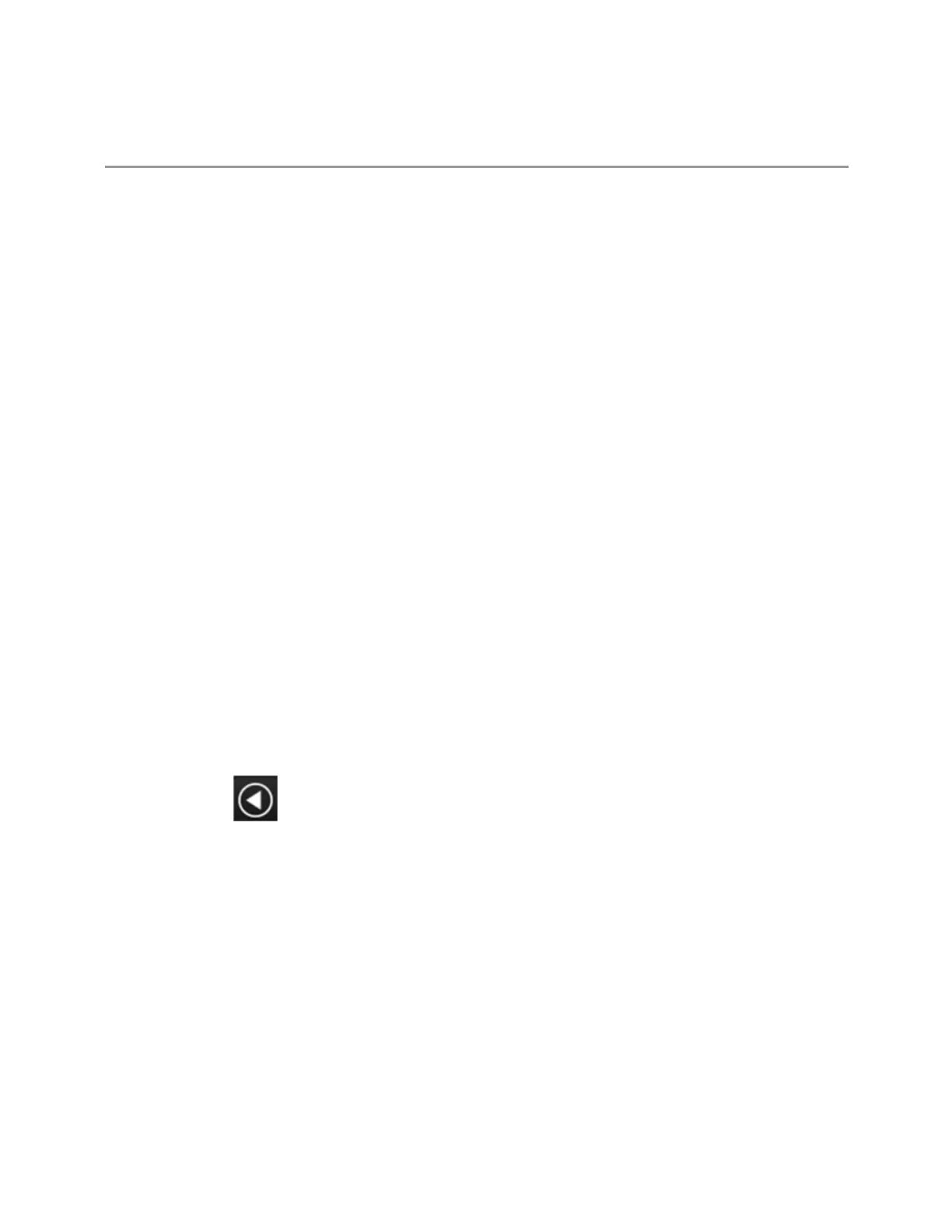7 Save/Recall/Print
7.2 Recall
center frequency is limited along with any other frequency-based settings. Since the center frequency
can’t be preserved in this case, the recall limiting tries to at least preserve span to keep the
measurement setup as intact as possible
Note that there is no state file compatibility outside of the X-Series. For example, you cannot recall a
state file from ESA or PSA
7.2.1 Recall From File / Open
For every Recall type, a button appears called Recall From File or Open. “Recall
From File” appears for recall types that also include registers (like State and
Trace+State), and “Open” appears for all other recall types.
When you push the “Recall From File” or “Open” button, a dialog slides in from the
right which allows you to see what files are saved in the current directory. See the
“Save to File/Save As” section (3.1) for a depiction of this screen for the Save menu,
which is similar to Recall.
The default directory is the internal directory for the current Mode and save type, on
the D: drive. You may also change to another Mode’s state directory by pressing the
dropdown in the upper right corner labeled “Mode”. Once you have chosen a
directory, the files in that directory whose extension matches the current data type
(e.g., .state or .trace) are displayed in the right-hand window of the dialog. You can
sort this list by name, date, file size or extension by tapping the Name, Date, Size, or
Content header at the top of each column. A second tap toggles the sort order
between Ascending and Descending.
Also displayed is a path depiction showing the path to the current directory. In the
example shown, the path is D:\Users\Instrument\Documents\SA\screen. Tapping
any element of this path lets you select an alternate route. Tapping the “Computer”
arrow lets you select a different drive.
Tapping the “back” arrow navigates to the previously selected directory.
If you plug in a removable drive (e.g., a thumb drive), the browser immediately
navigates to the root of that drive. Furthermore, if you had a thumb drive in and you
were in a directory on the thumb, and then you exit the browser, when you come
back in you are still in the same directory on that removable drive. If you remove the
thumb drive, you return to the directory you had been in before the thumb drive was
plugged in.
Note that for each data type there is a “current” directory, and it is the last directory
used by either Save or Recall for that Mode. For example, if in SA Mode you save a
Corrections file to a particular directory, then when you go to recall a Correction in
SA Mode, you should be pointing at that directory. Or if in EMC Mode you recall a
Limit from a particular directory then when in EMC Mode you go to save a Limit, it
2226 Short Range Comms & IoT Mode User's &Programmer's Reference
